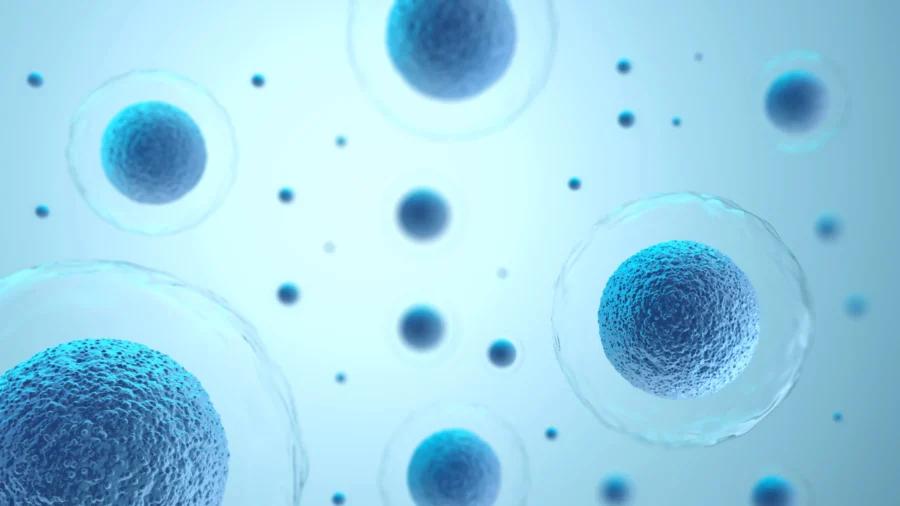Researchers have identified a potential “third state” in biology, where cells of a dead organism continue to function even after the organism’s death. In some cases, these cells acquire new abilities that were not present when the organism was alive.
If further experiments on cells from dead animals and humans confirm this ability, it could challenge the very legal definition of death.
Professor Peter Noble of the University of Washington and Alex Pozhitkov of the City of Hope National Medical Center dove deeper into this topic in a study.
Traditionally, life and death are viewed as opposites. However, cells of a dead organism giving rise to new activity introduces a ‘third state’ that transcends these conventional boundaries.
In this “third state,” cells come alive after death. When provided with oxygen, nutrients, and biochemical signals, certain cells demonstrate the ability to transform into multicellular organisms.
Skin cells taken from a deceased frog’s embryo reassemble themselves in a lab environment to become new entitles. These cells form multicellular organisms called “xenobots” that mobilize through water using cilia, hair like structures that propel the organism.
In addition to these cells, lung cells have the ability to become “anthrobots” Researchers in the study discovered that human lung cells can self-organize into multicellular organisms. These self-assembling organisms come in various sizes, from the tip of a sharp pencil to as large as the width of human hair.
Living systems made from self-renewing materials can avoid the consequences of natural material breakdown, a significant benefit for potential impact in regenerative medicine.
The Levin laboratory currently tests gene expression in anthrobots and their ability to form and retain memories. Anthrobots can move independently, can repair themselves, can heal damaged nerve cells nearby.
However, whether cells can enter this “third state” depends heavily on environmental conditions including temperature and an available energy source. Not only that, the ability to metabolize energy also plays a crucial role in whether cells can survive and continue functioning once the larger organism dies off.
The research team suggest that these factors “shape the post mortem landscape,” and are the deciding factors for whether or not cells can enter and sustain themselves in the “third state.”
Research findings like these pave the way for innovation. Anthrobots, crafted from a patient’s living tissue, could be designed to deliver medication without triggering an immune response, along with other promising therapeutic applications.
Engineered anthrobots could be introduced into the body to dissolve arterial plaque in patients with atherosclerosis, preventing heart attacks, and help clear excess mucus in lungs of individuals with cystic fibrosis.
Another advantage is that these lab-bound multicellular organisms have a built-in lifespan, naturally degrading after four to six weeks. This reduces the risk of external exposure or uncontrolled proliferation.

